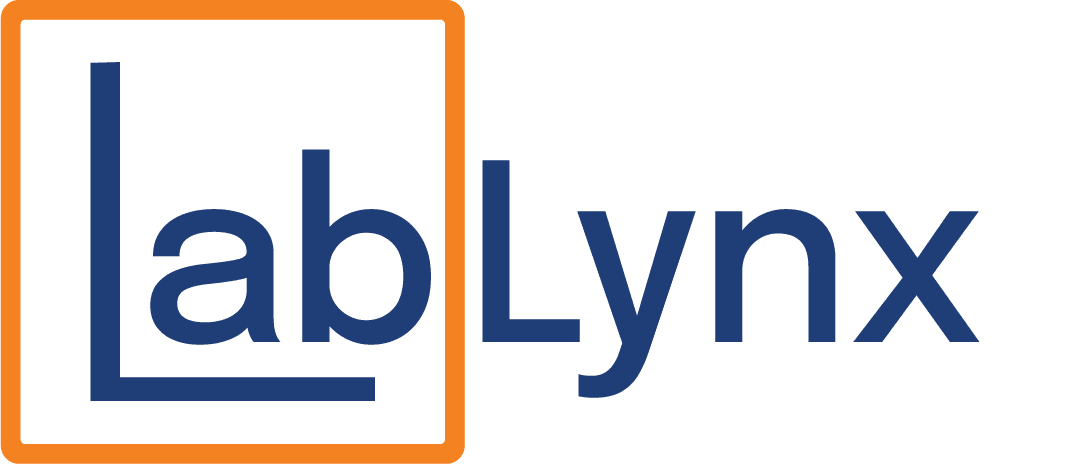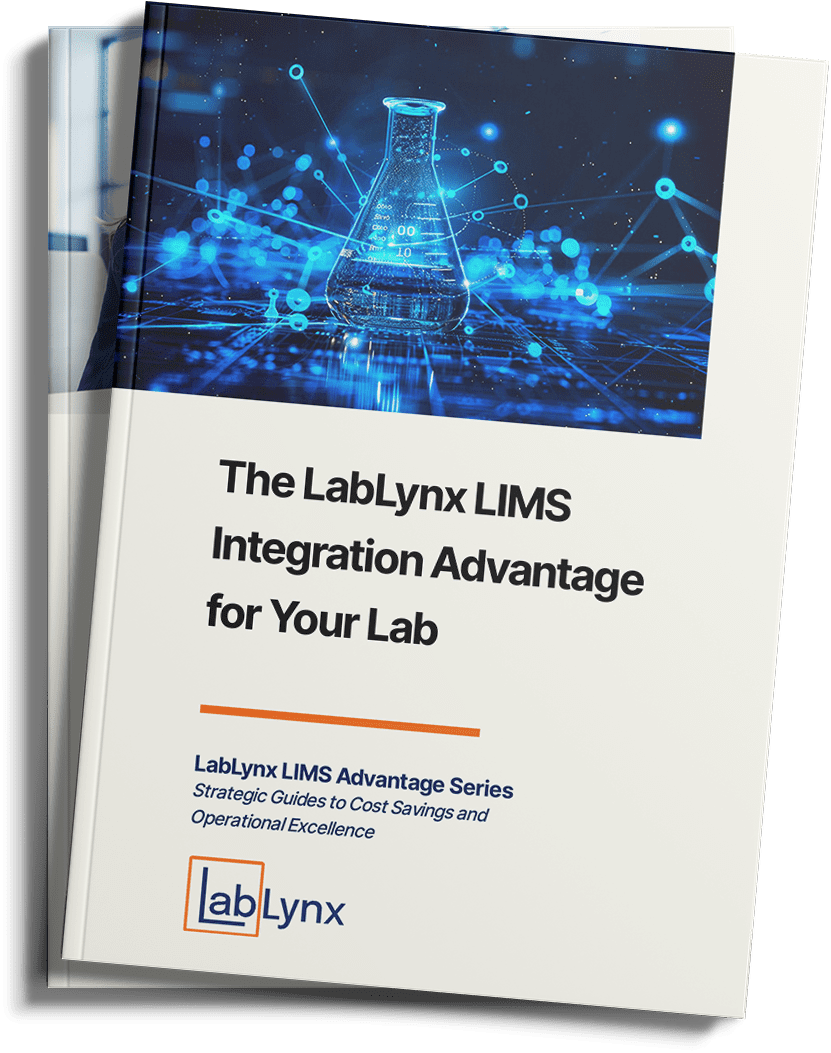Every sample, every diagnosis, and every patient’s well-being hinges on the accuracy and efficiency of clinical diagnostic laboratories. But adopting a LIMS system isn’t just about improving accuracy efficiency—it’s about safeguarding patient samples and data, adhering to standards like Clinical Laboratory Improvement Amendments (CLIA), and ensuring seamless integration with cutting-edge diagnostic instruments.
Key elements of a LIMS for clinical diagnostics
By embracing the following key LIMS elements, clinical diagnostic labs not only streamline their operations but also uphold the highest standards, ultimately leading to better patient outcomes and advancements in the healthcare field.
Sample tracking and management
What if a patient’s sample gets mislabeled, leading to incorrect results and a potential misdiagnosis? Through advanced barcoding systems and tracking protocols, a quality LIMS software solution ensures that every sample, from a blood specimen to a tissue biopsy, is accurately labeled with patient data, logged by collection date, and traced throughout its journey in the laboratory, minimizing the risk of errors and substantiating the reliability of the results.
Data management
Data management is equally indispensable. Clinical diagnostics laboratories generate massive volumes of data daily, ranging from patient demographics to complicated test results. A sophisticated LIMS system organizes this data, allowing seamless integration, analysis, and interpretation. Data encryption ensures the security and privacy of sensitive patient data, and data audit trails maintain detailed logs of all user activities and changes made to the data for compliance and traceability.
Quality control and assurance
Quality control and assurance mechanisms further elevate the standards of clinical diagnostics labs. A LIMS automates calibration procedures, proficiency testing, and method validation, ensuring that diagnostic instruments are finely tuned, and results are consistently reliable. Alerts and notifications can notify staff about out-of-specification results or instrument malfunctions. Rigorous adherence to international standards ensures the competence and accuracy of testing services, instilling confidence in healthcare professionals and their patients.
Integration and automation
Instrument integration and automation are necessary to improve efficiency and accuracy. A LIMS seamlessly integrates with various diagnostic instruments, ranging from high-throughput analyzers to specialized imaging devices. Instrument integration automates data transfer, reducing the likelihood of manual transcription errors and significantly expediting the diagnostic process. By directly interfacing with instruments, a LIMS system enables raw data to be swiftly transformed into actionable insights, enabling quicker decision-making and timely patient care.
Additionally, a LIMS system can seamlessly integrate with Electronic Health Records (EHR) systems to exchange patient information and test results, as well as billing systems to streamline the billing and invoicing process.

User management
User management is essential for controlling access to sensitive patient data and ensuring that individuals have appropriate permissions based on their roles. Clinical diagnostics labs can restrict unauthorized access by implementing role-based access control in a LIMS software system, protecting patient privacy and data integrity. A LIMS can also track each user’s training records, ensuring that each laboratory staff member is adequately trained to conduct specific tests or use specialized equipment.
Regulatory compliance
Compliance with industry regulations and standards such as CLIA, College of American Pathologists (CAP), and Health Insurance Portability and Accountability Act (HIPAA) is critical for clinical diagnostics labs to operate legally and maintain their credibility. A LIMS generates reports required for regulatory compliance. These reports detail test volumes, turnaround times, quality control data, and other metrics necessary for regulatory submissions.
During an inspection, regulatory authorities want to confirm that all actions comply with the established protocols and regulations. A robust LIMS system keeps a comprehensive audit trail to demonstrate compliance.



